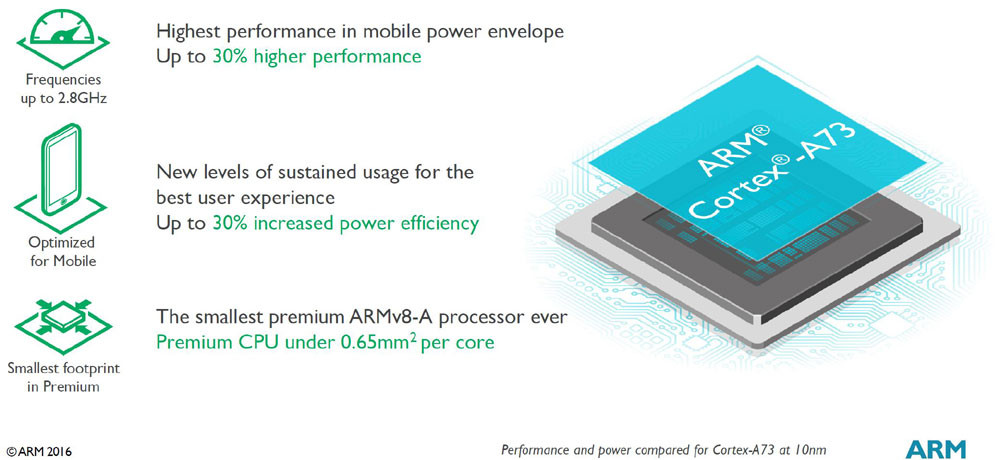There has been a lot of talk about smartphone hardware ‘plateauing’, with future improvements mainly being in software, but I disagree, there’s still a way to go in hardware too. At least, in terms of components. Favourite rants of mine include lambasting manufacturers for fitting a speaker so tinny and weedy that a robin could out-chirp it – and we’re just starting to see phones issued with better speakers in 2013, with the HTC One top of the tree by a country mile in terms of volume and quality. Microphones too, though we’ve just had the big kerfuffle over those naughty folk at ST Micro selling Nokia’s copyrighted design to HTC, again for the One.
And, staying with this particular device, we also have a pointer to the future of smartphone cameras, which have very definitely not plateaued yet. The HTC One’s 4 megapixel camera has OIS, Optical Image Stabilisation, and I’m convinced this is a technology we’ll all be using within a year or two.
HTC is very proud of OIS in the One, saying ‘Leading the industry standards, it can counter motion on two axes and operates at an unprecedented frequency of 2000Hz, which means it detects pitch and yaw movements of the camera, and adjusts for those movements, 2000 times a second. This is much faster than any comparable phone camera with OIS.’
Nice, but actually…. no. In fact, the Nokia Lumia 920, running Windows Phone 8, was first with OIS on a phone and, indeed, implements the technology far more thoroughly. Maybe the Lumia isn’t considered by HTC to be ‘comparable’? Disingenuous, to say the least, I’d say.
However, let’s not be petty and descend into arguments over which company was first with OIS, my point here is that we now have two top smartphones with the technology, and one of them runs Android. And by the end of 2013 I’d expect to have at least two more Android devices with OIS-equipped cameras, with almost all top smartphones having OIS by the end of 2014.
So what is OIS and why is it such a big deal? As the acronym suggests, it’s a way of stabilising a still image (to try and avoid blurring) or videos (to help avoid shaking effects) using optical methods, and so keeping 100% of the quality. Previous smartphones have used either accelerometer-based digital stabilisation, where the software adjusts the image framing in response to up/down/left/right input from the phone’s accelerometers, or pure software-based digital stabilisation, where high contrast objects in the frame are ‘tracked’ and used as reference points. Unsurprisingly, optical image stabilisation produces vastly superior results.
How does it work then, and what are the trade offs, if any? HTC’s implementation for the One involves packing tiny MEMS (MicroElectroMechanical Systems) components around one of the main optical lens elements. With real time input (at 2000 cycles per second) from a gyroscope in the phone, these components can move the lens up to 1 degree of arc, to compensate for rotation in ‘pitch’ and ‘yaw’, as shown in HTC’s graphics, reproduced here. In other words, wobble the phone in either or both of these ‘axes’ and the image being received by the phone’s camera sensor won’t be affected.
With no wobble, shutter speeds can be longer and thus more light can get through to the sensor, producing better noise-free photos in low light, for example. It’s a good start, though we currently have to move to Windows Phone and Nokia’s Lumia 920 to see the system working properly. You see, to correct fully for camera shake in all three dimensions (or ‘axes’, here considered in terms of rotational movement), there needs to be handling of ‘roll’ too (think of this as tilting left or right when taking a photo) and it’s not practical to compensate for this by just tilting a lens. You have to go further, which is why Nokia’s OIS camera in the Lumia 920 mounts the entire lens assembly (as opposed to a single lens element in the HTC One’s case) within a MEMS ‘cage’. Any shake, up, down, left or right, any twist, can be compensated for because pitch, roll and yaw are all covered.
In tests, Nokia claim blur-free photos in low light up to 1/4 of a second, while HTC, with its slightly more limited implementation, claims up to 1/7.5s. But it’s not just about extreme low light shots, OIS (in theory) produces crisper photos in all conditions by helping eliminate camera shake from inexperienced users. Plus videos look, magically, smoother, so the traditional ‘wobbly’ footage from camera phones is a thing of the past, replaced by something that looks shot on a Steadicam.
There has to be a catch, though, surely? Well, there’s:
- the extra bulk in going down the route of effectively mounting the camera’s guts inside an electronically sprung cage. Say another millimetre of thickness.
- the cost of developing this to work with such tiny components and then manufacturing the OIS units. Say another $30 on the bill of materials (though this will come down as the tech becomes more mainstream and more mass produced.
- the issue of mechanical interference between the OIS rig and the traditionally static optics. Noticed since the very beginning with the Lumia 920 are artefacts and ‘jaggies’ down at the pixel level and, despite numerous firmware updates, all that’s happened is that the artefacts have been digitally smoothed over. My gut feel is that if you’re effectively vibrating an optical assembly at a kiloHertz or so then, with real world quantum noise from the gyro and supporting electronics, you should expect some degree of unwanted interference with the scene you’re trying to capture perfectly on the sensor.
One solution to the last trade off is to lower the pixel count, i.e. have larger pixels and not to try and capture at high resolution and do OIS at the same time. This is quite possibly one reason why HTC opted to run the One with a 4 megapixel sensor (the others include being able to capture images faster, for example in the ‘zoey’ burst modes).
Of course, when you’re down the pub with some friends and need a real world low light image, LED flash and a longer shutter speed will just result in people’s faces being blurred from their own movement, however steady your own phone camera now is through OIS. Xenon flash is one answer, but introduces greater component expense and bulk. Another answer is to have a larger aperture on the phone camera, so that more light gets in within a suitably short capture time, which is again why devices like the HTC One have a f/2.0 lens.
If you’ve read this far and rolled with me through the ups and downs of OIS and what can go wrong with a phone camera, you’ll have appreciated how complex something as simple as snapping your friends over a pint of beer can be. However, the technology is clearly almost ‘there’ and it just needs manufacturers to be more consistent in how they implement it all, especially as component prices come down.
In other words, expect the top smartphones of 2014 to all have cameras with large apertures, brighter flashes and full 3-axis Optical Image Stabilisation. Maybe these devices will cost another $5 or $10 each to build, but users will be so impressed with the results they get in real world conditions that word will spread fast. You heard it here first.









